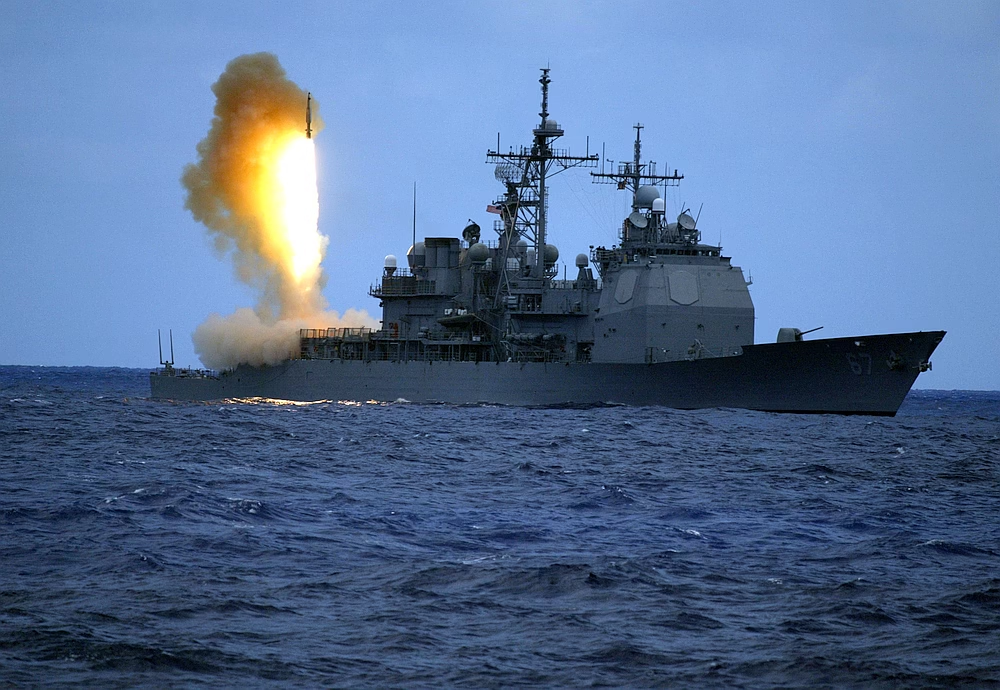Autor foto: Domena publiczna

Deployment of the Standard Missile-3 (SM-3) System in Poland: The Effects of the Agreement on Iran’s Nuclear Program
January 15, 2014
Author: Tomasz Smura




Autor foto: Domena publiczna
Deployment of the Standard Missile-3 (SM-3) System in Poland: The Effects of the Agreement on Iran’s Nuclear Program
Author: Tomasz Smura
Published: January 15, 2014
On November 24, 2013, after intense negotiations, the P5+1 group – including the U.S., Russia, China, Great Britain, France and Germany – succeeded in reaching an initial agreement with Iran on its nuclear program. The agreement requires Iran not to enrich
uranium above the level of 5 percent of U-235 fissile isotope and to liquidate half of the accumulated material enriched to the level of 20 percent, which after further enrichment to approximately 90 percent could be used to build nuclear weapons. Under the agreement, Iran promised not to install new centrifuges to enrich uranium at its centres in Natanz and Fordow, to suspend the work on plutonium reactor in Arak, and take its nuclear program under control of the International Atomic Energy Agency (IAEA). In
return for these concessions, new sanctions on Iran would not be imposed and the limits on the sale of crude oil would not be further decreased for the six month-period the agreements is valid for. Iran will receive access to some of its funds deposited in foreign accounts, under the conditions to spend them on the basic needs of its population. Some sanctions will also be lifted on trading gold and other precious metals and automotive and petrochemical industry.
In the current issue of the “Pulaski Policy Papers” Reseach Fellow at the Casimir Pulaski Foundation Mr. Tomasz Smura analyses the potential implications of the agreement on Iran’s nuclear program on the deployment of the SM-3 system in Poland. “The agreement
with Iran could raise voices in the U.S. against the need to implement the third phase of the EPAA which also assumes the creation of SM-3 IIA missiles base in Poland. The decision will be affected by the development of the situation in East Asia, the policy of the new
administration after the election in the U.S. in 2016 and progress on the missile creation.”





